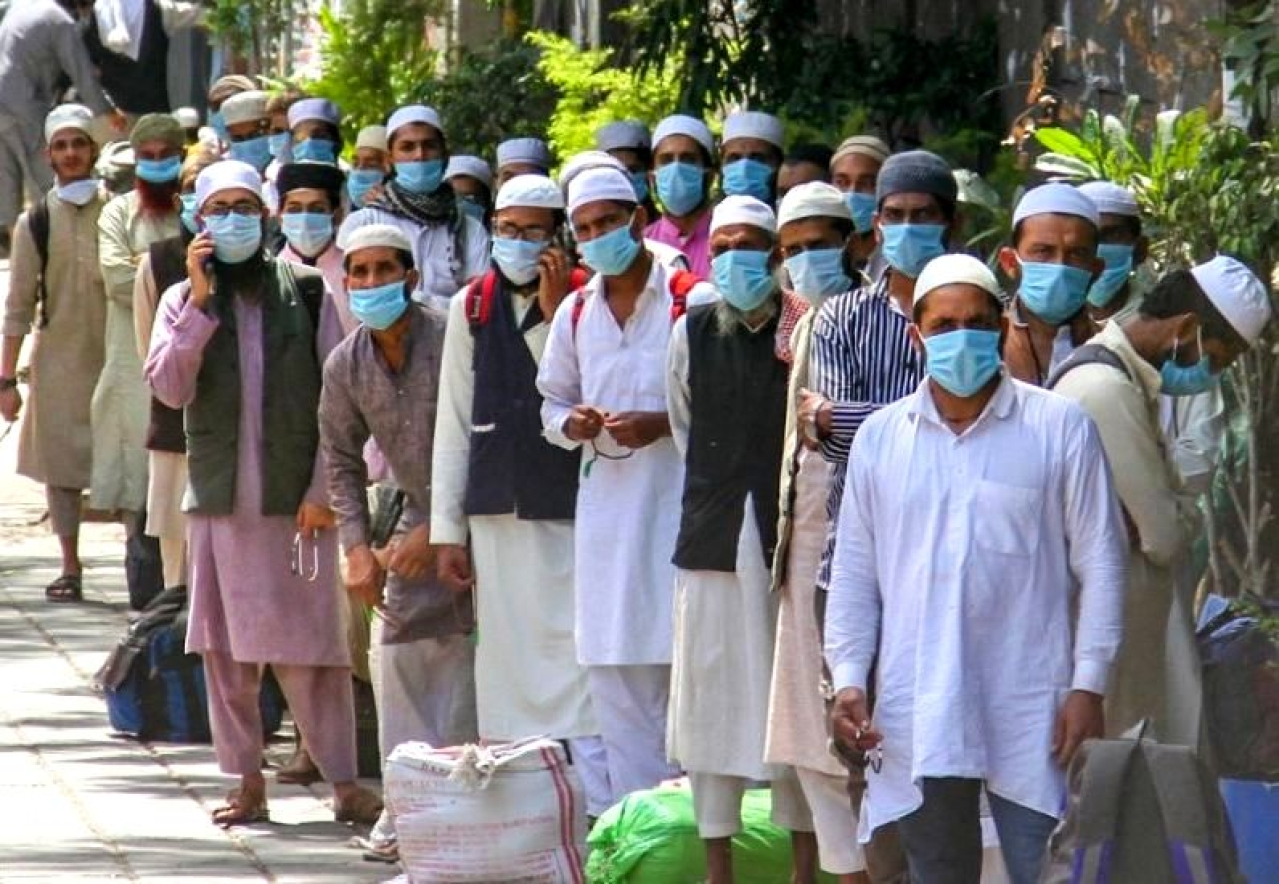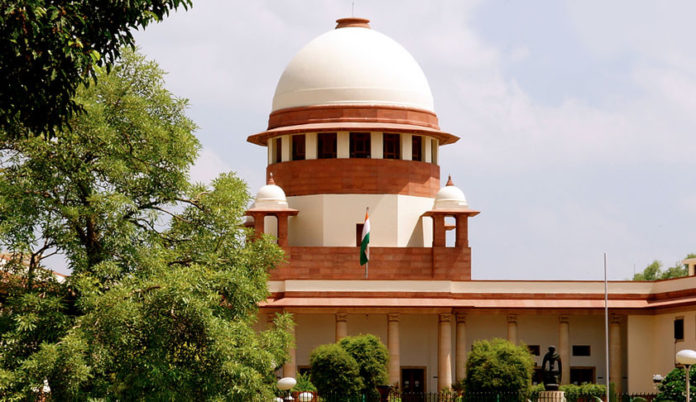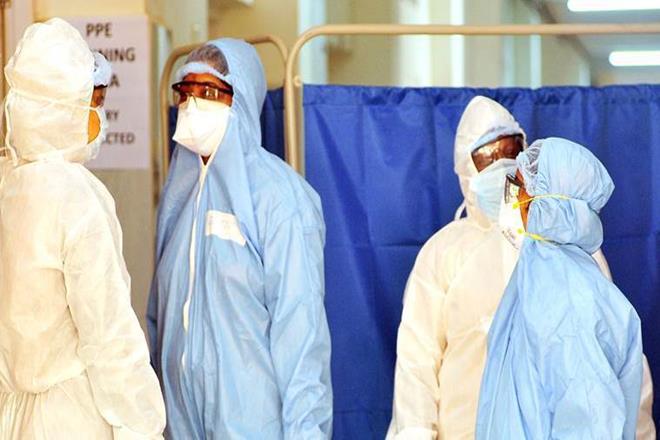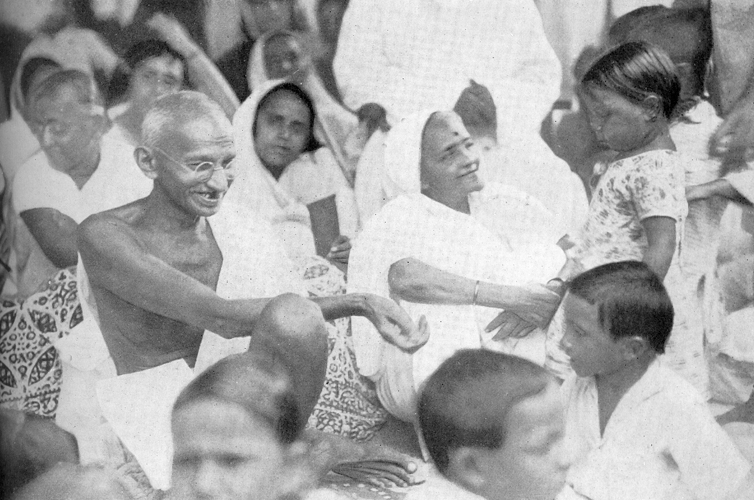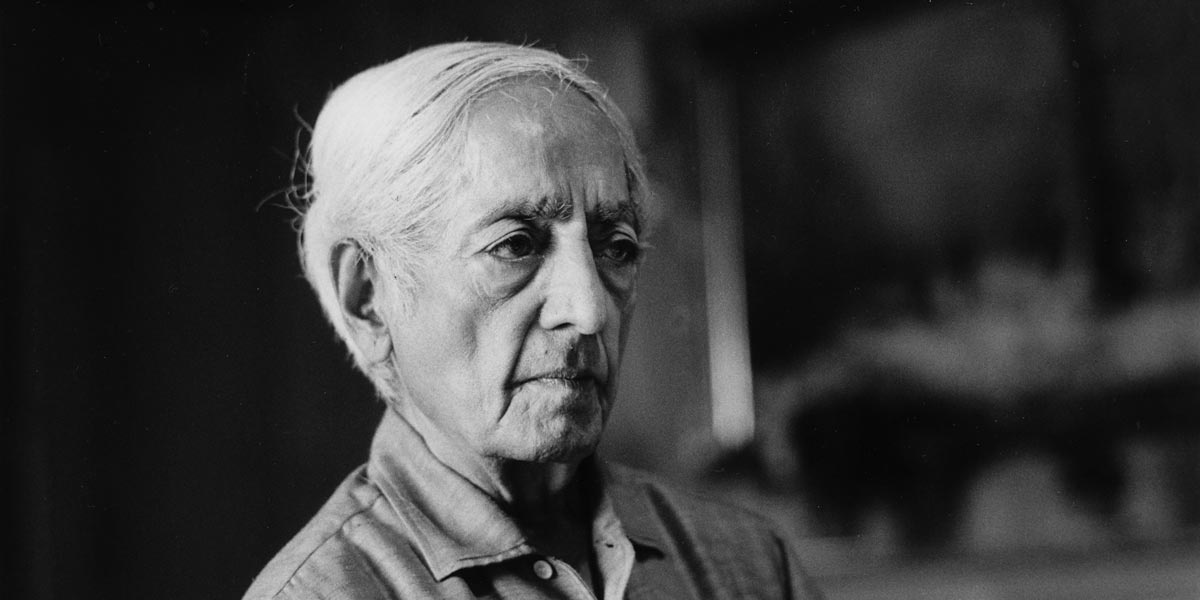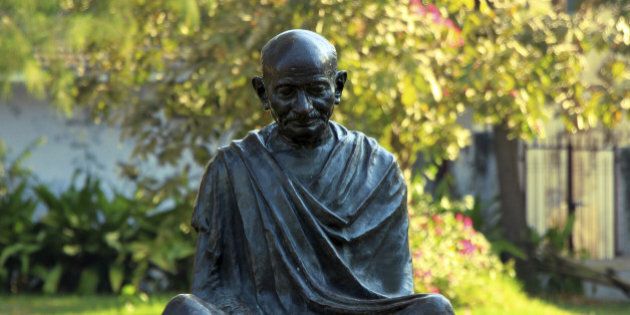Today the five-judge Constitution bench of Supreme Court passed the order for passive euthanasia for terminally ill patients under unrecoverable coma or vegetative state. It allows for a ‘living will’ to be made by patients that gives them the agency to decide not to be put under artificial life support mechanisms. Life and death are inter-related, will passive euthanasia enable us to revisit the medical discourse?
Manisha Jha is an Independent Journalist – based in Secunderabad.
Life is indeed an incredibly mysterious phenomenon that philosophers, poets, artists and the common masses have tried to understand for millenniums without much clue. The Buddhist notion of temporality and transcendental beings has equipped us with an understanding that nothing is permanent, that all is constantly changing. However, at the day to day level we as mortal beings find it difficult to look at life through that prism. Our attachments, our bonds, our relationships and passions ground us to feeling that whatever that is there today will last for a long time. It is this illusion that makes us perceive death to be unnatural, unexpected and an aspect of constant anxiety. The moment a child is born to a mother we cherish the day however when the soul leaves the physical body we mourn.
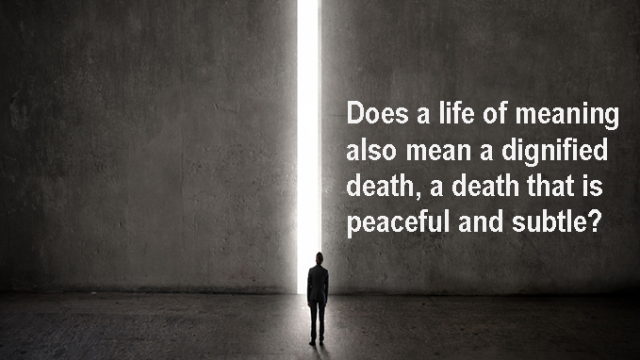
The most philosophic, spiritual and artistic people in the world have reminded us again and again that life and death far from being juxtaposed are intrinsically related. This brings us to the important question of what living meaningfully means. Does a life of meaning also mean a dignified death, a death that is peaceful and subtle? In our contemporary scenario and with the expanse of modern medicine death becomes a medicalised ritual amidst gadgets and specialised care in clinics and hospitals.
Patients are looked after by specialists, hard medicines are infused in their bodies, they are allowed occasional visits by near and dear ones, the days pass in small, compact chambers amidst medical equipment and constant measurements of body metrics unfold. Nowhere within this large machinery does the patient have the exposure to decide whether disease of the body shall deprive her of the very flow and spontaneity of life. She can’t see the open sky, take a long breath under the open air, touch a fragrant flower and stare at a butterfly while illness invaded her body- how can the heavily monitored body of an ill patient discover the peace of soulfulness in our modern institutions of medicine?
The situation seems to become even more paradoxical when the patient is terminally ill or is likely to go under coma. The loved ones wish to live by the hope that the patient will be perfectly fine but just think what that person is undergoing every moment. It is impossible to imagine the feelings/pains of one in coma or in vegetative state- is the vitality of life only limited to the biological indicators that say that a body is still not dead? There are many complex issues that life and death have posed before not just medical science but confronted us all with severe dilemmas and deep questions.
The Supreme Court in its landmark judgement today announced that passive euthanasia will now be allowed for patients who are in or likely to slip into long vegetative states. This meant that patients will be allowed to make a ‘living will’ wherein they would decide whether they wished to continue living if they slipped into coma or vegetative state. The patient can choose to decide that they do not wish to be put in artificial life support system if they are incurable. This order by the Supreme Court will now mean that many patients will now have the right to choose death over artificial life. This will also mean that hospitals and medical practioners have to play an important role and make sure that this will is allowed to the patients in practice. It will also require strict medical examination, informed patients and an infrastructure that understands the potential of this judgement for the present situation.
Passive euthanasia may have been a step towards the definition of life beyond bio-medicinal parameters but we also require many more sensitive and spiritually rich discourses and practical interventions in medical science to make life and death more enriched.
If you liked the story. Go ahead and support the cause of independent journalism. DONATE NOW


